Deck & Commander Strategies
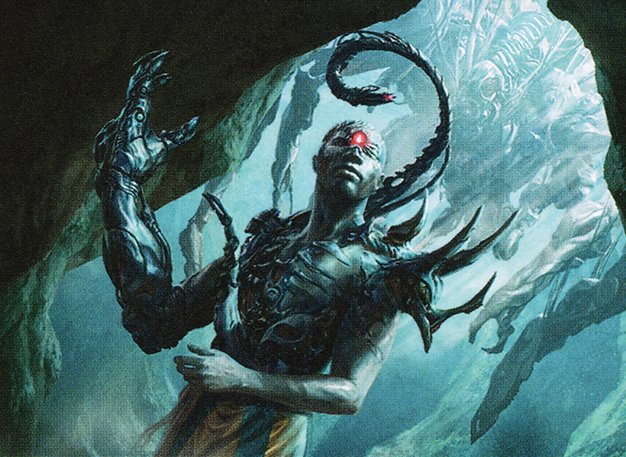
Ich-Tekik, Salvage Splicer
A Golgari artifact deck that grows creatures whenever artifacts go to the graveyard, aiming to build a powerful board of large creatures through artifact synergies and graveyard interactions.
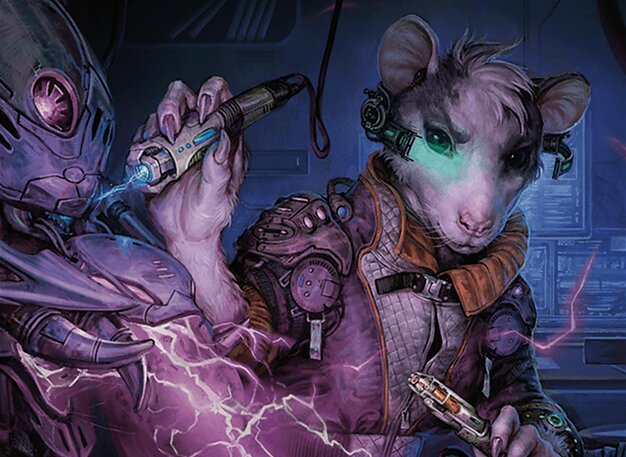
Nashi, Moon Sage's Scion
A mono-black shadow tribal deck focused on ninjutsu and evasion mechanics, leveraging shadow creatures to apply stealthy combat pressure and synergizing with the commander’s abilities.
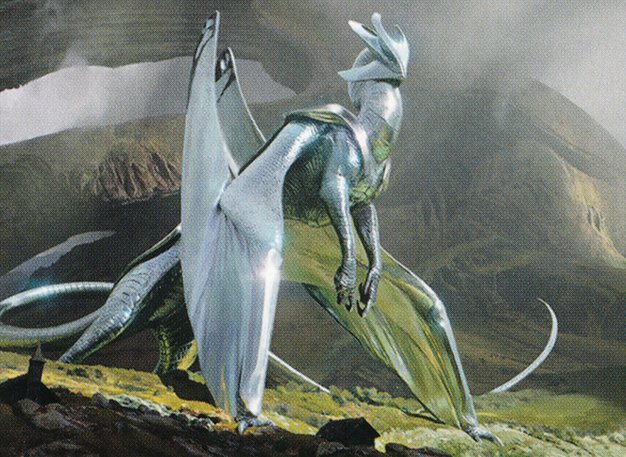
Chromium, the Mutable
A five-color deck centered on triggering abilities off opponents' spells and actions, generating value and incremental advantages by responding to the game state dynamically.
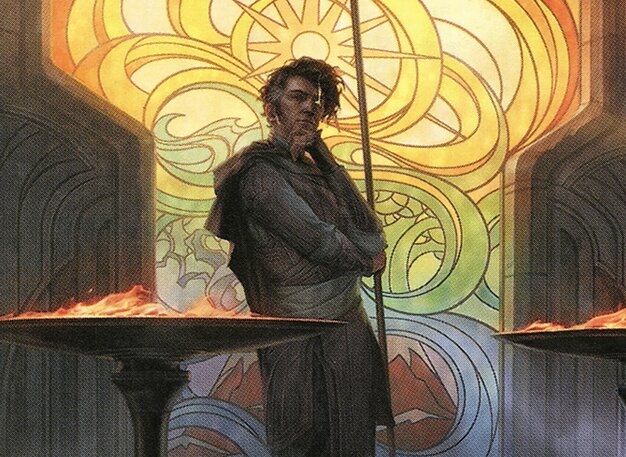
Garth One-Eye
A synergy deck that benefits from opponents casting spells and taking actions, triggering various effects to gain value and control the board while supporting a five-color mana base.
Gameplay Insights
- 1
The Golgari artifact player successfully countered a large artifact creature to prevent a major board presence from developing.
- 2
The shadow tribal deck utilized ninjutsu to stealthily deploy creatures, maintaining pressure while evading blockers.
- 3
The five-color opponent-trigger deck leveraged interactions from opponents' spells to trigger multiple value effects, influencing table dynamics.
- 4
The mono-black ninjutsu deck had to carefully sequence plays due to the commander’s inability to be cast directly from the command zone.
- 5
Players balanced ramp and synergy development early on while anticipating potential board wipes or combos as the game tempo shifted.
Notable Cards
-
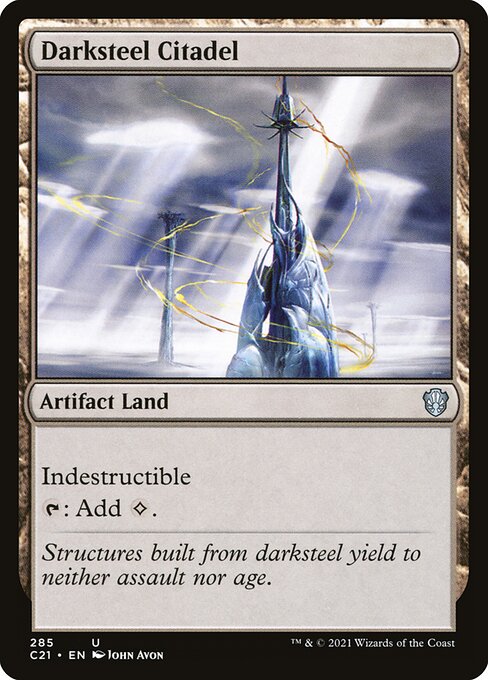
Darksteel Citadel
-

Idol of Oblivion
-
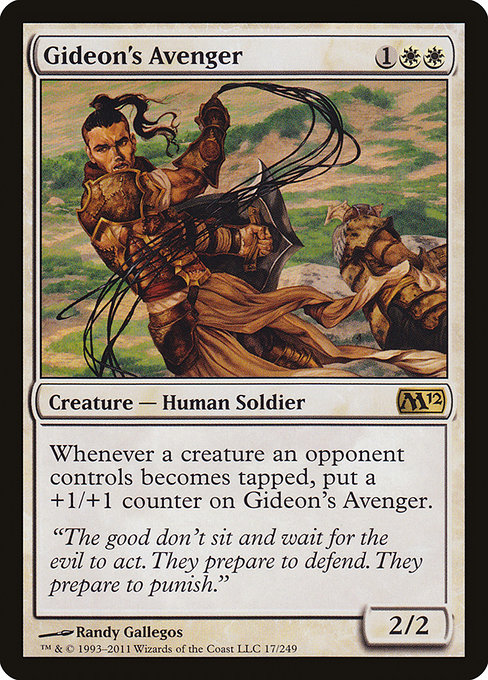
Gideon's Avenger
-
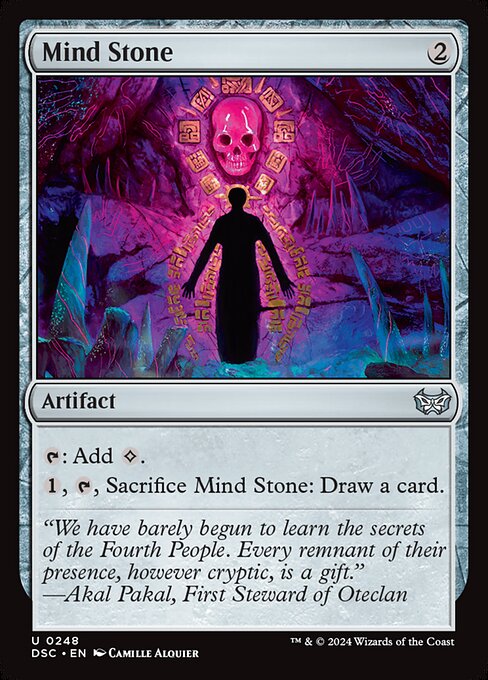
Mind Stone
Gameplay Summary
The game featured a diverse four-player matchup with decks centered around shadow tribal, Golgari artifacts, mono-black ninjutsu shadows, and a five-color opponent-trigger synergy deck.
Early turns saw players developing their mana bases and setting up board presence, with some artifact ramp and tribal synergy cards coming down to establish their themes.
The Golgari artifact deck focused on generating value by growing creatures whenever artifacts went to the graveyard, while the shadow tribal deck leveraged ninjutsu mechanics and evasion to apply pressure.
Meanwhile, the five-color deck aimed to capitalize on opponents' spells and actions by triggering numerous effects, creating incremental advantages. Key turning points included the Golgari artifact player successfully countering a large artifact creature to prevent a significant board swing, and the shadow tribal player flashing in evasive creatures to chip away at opponents.
The five-color deck's strategy of triggering off opponents' moves created a dynamic table state, forcing players to consider not just their own plays but also the impact on the synergy deck.
The mono-black ninjutsu deck struggled with the limitation of not being able to cast the commander from the command zone, requiring careful sequencing to get the commander into play.
The game progressed with players jockeying for board control and value generation through tribal synergies, artifact interactions, and opponent-triggered effects, with no immediate game-winning combo emerging early on.



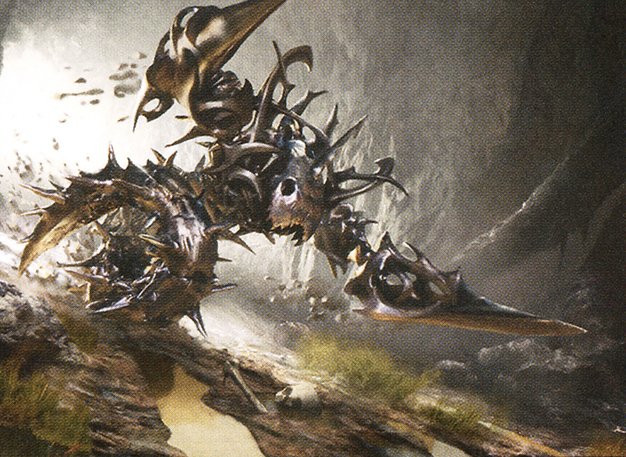














![Commander VS S12E1: Nicol Bolas vs Arcades vs Vaevictis Asmadi vs Chromium [EDH] thumbnail](https://i.ytimg.com/vi/gtfErgL6f9U/sddefault.jpg)

























![Herumkommandiert #07 | EDH Commander Gameplay [Deutsch] thumbnail](https://i.ytimg.com/vi/3ZrvBfp1e9w/sddefault.jpg)



